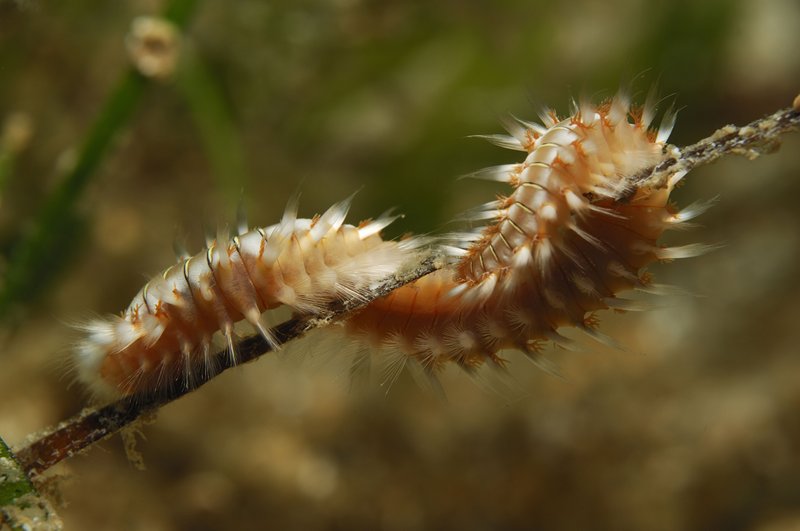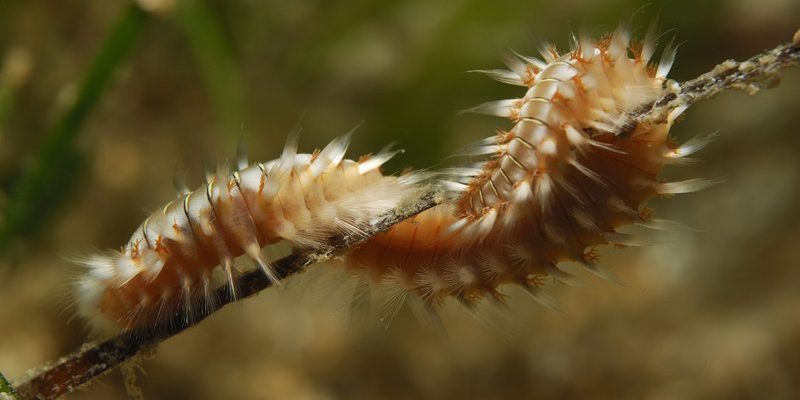
When you think about creating an aquarium, it’s easy to get lost in the beauty of the colorful fish and stunning corals. But there’s a whole world under the surface, and some of it comes in the form of tiny, often misunderstood creatures like bristle worms. These little guys, part of the polychaete family, might not be as glamorous as clownfish, but they play a unique role in maintaining a healthy ecosystem in your tank. Just think of them as the unsung heroes of the underwater world.
Keeping bristle worms can be a bit like having a pet cactus—at first, it seems simple and low-maintenance, but there are nuances to consider. You might be wondering if these creatures are a blessing or a curse. Are they helpful scavengers, or do they wreak havoc as sneaky pests? Let’s dive into the benefits and drawbacks of keeping bristle worms in your aquarium and see if they’re the right fit for you.
What Are Bristle Worms?
Bristle worms are fascinating creatures commonly found in marine environments. They have long, segmented bodies that are usually covered in bristles, hence their name. Think of them as the clean-up crew of your tank—they munch on detritus and leftover food, helping to keep the water clean. While some people might find them a bit creepy, they actually contribute to the health of your aquarium.
There are various species of bristle worms, but the most common ones found in aquariums are the Hermodice carunculata and the Marphysa. Each species has its unique traits, and some might even display vibrant colors. They’re typically nocturnal, so you might not see them during the day, but at night, they come out to scavenge and rummage around.
Benefits of Keeping Bristle Worms
One of the main reasons to consider keeping bristle worms is their role as scavengers. They help break down organic matter in your tank, which leads to a more balanced ecosystem. Here’s why that’s important:
- Waste Reduction: Bristle worms consume leftover food, fish waste, and decaying plant matter, reducing harmful toxins.
- Biological Aeration: As they burrow through the substrate, they help aerate it, promoting a healthier environment for beneficial bacteria.
- Food Source: If you have certain fish or invertebrates that enjoy hunting, bristle worms can provide a live food source, adding a bit of excitement to your tank.
But that’s not all! Bristle worms also serve as indicators of your tank’s health. A higher population usually suggests good water quality, as they thrive in balanced environments. Monitoring their numbers can give you insight into how well your aquarium is doing.
Drawbacks of Keeping Bristle Worms
While bristle worms have their perks, they can also bring some challenges. One of the biggest concerns for aquarium hobbyists is that these worms can multiply quickly if conditions are right, leading to an overpopulation issue. This can create a few problems:
- Competition for Resources: An overabundance of bristle worms can compete with fish and other invertebrates for food, which could affect growth and health.
- Damage to Coral: In some cases, certain species might damage or eat coral polyps, especially if they’re not getting enough food, which can lead to unsightly tanks.
- Stinging Bristles: Some bristle worms have tiny, venomous bristles. If you’re not careful when handling them, you might get a nasty sting.
It’s essential to monitor their population and have a plan in place if it gets out of control. Regular maintenance and good tank practices can help keep bristle worms in check while still allowing you to enjoy their benefits.
How to Manage Bristle Worms Effectively
If you decide bristle worms are right for you, managing their population is key. Here are some tips on how to do this:
- Regular Tank Maintenance: Keep up with regular water changes and clean your substrate to help control excess waste and food that fuels worm growth.
- Avoid Overfeeding: Be mindful of how much food you’re putting in the tank. It’s easy to overfeed, leading to excess waste and food that bristle worms can thrive on.
- Introduce Predators: Certain fish, like wrasses or some types of puffers, enjoy munching on bristle worms. Adding them to your tank can help maintain a healthy balance.
By being proactive, you can enjoy the benefits of keeping bristle worms without letting them take over your tank. It’s all about finding that sweet spot!
Alternatives to Bristle Worms
If you’re still on the fence about keeping bristle worms, there are several other cleaning crew options to consider. Here are some popular alternatives:
- Snails: Various species like turbo snails or nassarius snails can help clean algae and leftover food.
- Hermit Crabs: These little scavengers are great for cleaning up detritus and add a fun dynamic to your tank.
- Cleaner Shrimp: Known for their cleaning abilities, they can help keep your fish and corals healthy while adding beauty to your setup.
Each of these options has its pros and cons, just like bristle worms. It’s essential to consider the specific needs of your tank and the balance you want to maintain.
In the grand scheme of aquarium keeping, bristle worms can be both beneficial and problematic. They are excellent scavengers that contribute to a healthy ecosystem, but they can also pose challenges if left unchecked. You might find that their quirky personalities and useful habits make them a welcome addition to your tank. But if they become too much to handle, there are alternatives that can help maintain a clean environment.
Ultimately, the decision to keep bristle worms should come down to your comfort level and your tank’s specific needs. By understanding both the benefits and drawbacks, you can make an informed choice that keeps your underwater world thriving.

